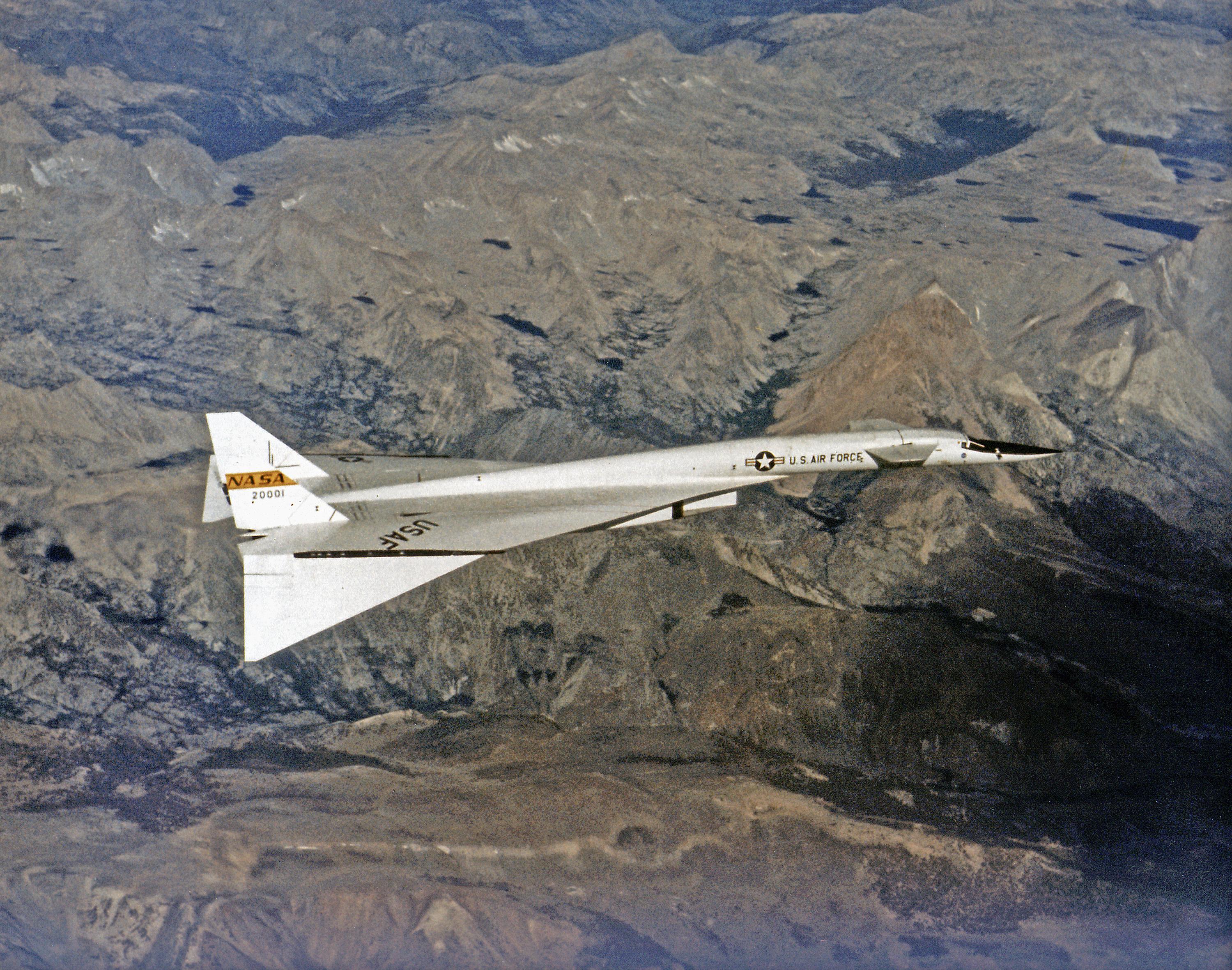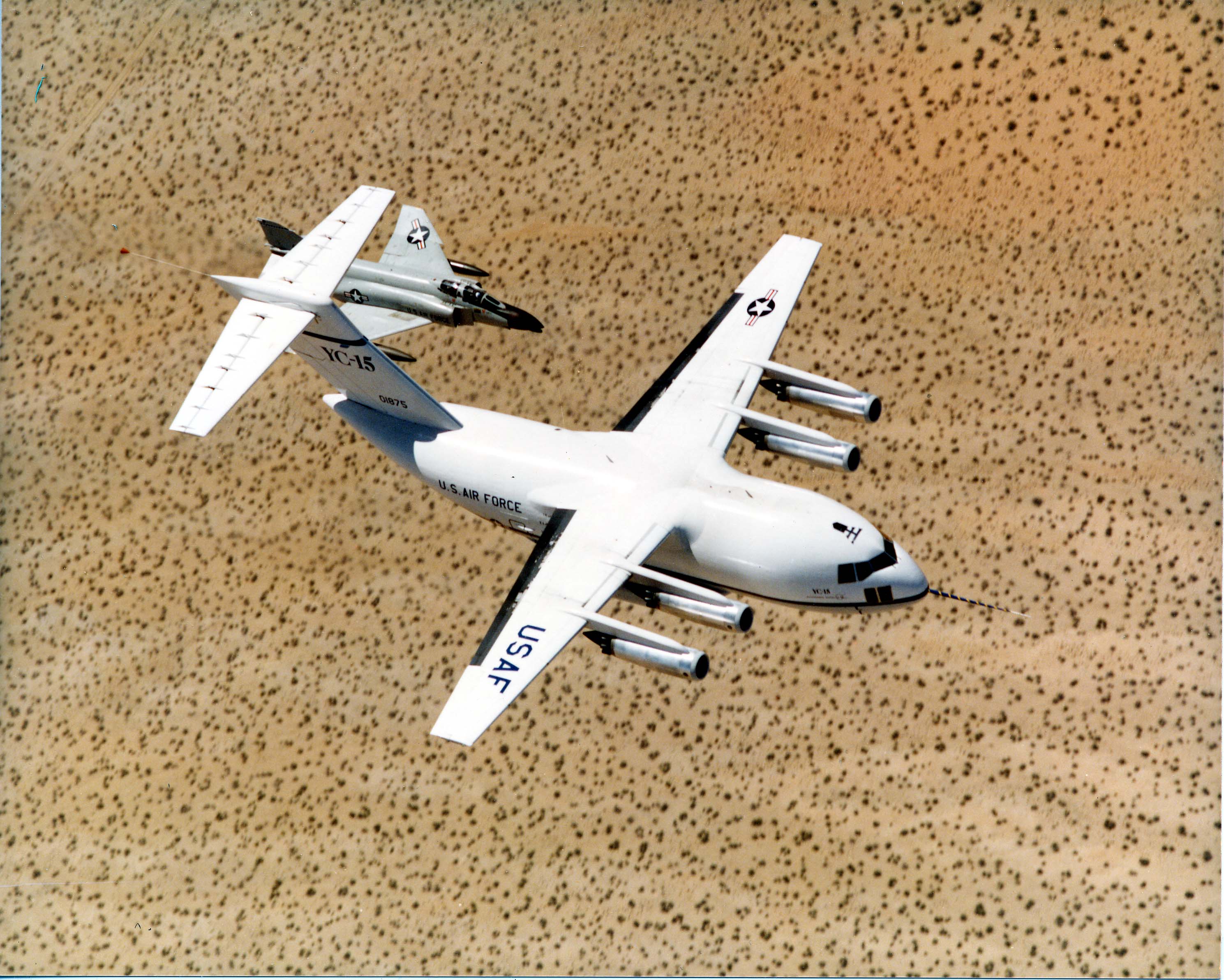|
Abbreviated Test Language For All Systems
Abbreviated Test Language for All Systems (ATLAS) is a specialized programming language for use with automatic test equipment (ATE). It is a compiled high-level computer language and can be used on any computer whose supporting software can translate it into the appropriate low-level instructions. History ATLAS Test Language The original language was developed by Aeronautical Radio, Incorporated (ARINC) and standardized under ANSI/IEEE-Std-416 and released on December 22,1983 Its purpose was to serve as a standard programming language for testing and maintenance of electronic systems for military and commercial aerospace applications. The language was designed to be platform-independent. The ATLAS language is oriented toward the Unit Under Test (UUT) and is independent of the test equipment used. This allows interchangeability of test procedures developed by different organizations, and thus reduces costly duplication of test programming effort. The first ATLAS spec ... [...More Info...] [...Related Items...] OR: [Wikipedia] [Google] [Baidu] |
Multi-paradigm Programming Language
Programming paradigms are a way to classify programming languages based on their features. Languages can be classified into multiple paradigms. Some paradigms are concerned mainly with implications for the execution model of the language, such as allowing side effects, or whether the sequence of operations is defined by the execution model. Other paradigms are concerned mainly with the way that code is organized, such as grouping a code into units along with the state that is modified by the code. Yet others are concerned mainly with the style of syntax and grammar. Common programming paradigms include: * imperative in which the programmer instructs the machine how to change its state, ** procedural which groups instructions into procedures, ** object-oriented which groups instructions with the part of the state they operate on, * declarative in which the programmer merely declares properties of the desired result, but not how to compute it ** functional in which the de ... [...More Info...] [...Related Items...] OR: [Wikipedia] [Google] [Baidu] |
Low-level Programming Language
A low-level programming language is a programming language that provides little or no abstraction from a computer's instruction set architecture—commands or functions in the language map that are structurally similar to processor's instructions. Generally, this refers to either machine code or assembly language. Because of the low (hence the word) abstraction between the language and machine language, low-level languages are sometimes described as being "close to the hardware". Programs written in low-level languages tend to be relatively non-portable, due to being optimized for a certain type of system architecture. Low-level languages can convert to machine code without a compiler or interpreter—second-generation programming languages use a simpler processor called an assembler—and the resulting code runs directly on the processor. A program written in a low-level language can be made to run very quickly, with a small memory footprint. An equivalent program in a high-lev ... [...More Info...] [...Related Items...] OR: [Wikipedia] [Google] [Baidu] |
AH-1Z Viper
The Bell AH-1Z Viper is a twin-engine attack helicopter, based on the AH-1W SuperCobra, designed and produced by the American aerospace manufacturer Bell Helicopter. Being one of the latest members of the prolific Bell Huey family, it is also called "Zulu Cobra", based on the military phonetic alphabet pronunciation of its variant letter. The AH-1Z was developed during the 1990s and 2000s as a part of the H-1 upgrade program on behalf of the United States Marine Corps (USMC). It is essentially a modernisation of the service's existing AH-1Ws, and was originally intended to be a rebuild program before subsequent orders were made for new-build helicopters instead. The AH-1Z and Bell UH-1Y Venom utility helicopter share a common tailboom, engines, rotor system, drivetrain, avionics architecture, software, controls and displays for over 84% identical components. Furthermore, it features a four-blade, bearingless, composite main rotor system, uprated transmission, and a new target s ... [...More Info...] [...Related Items...] OR: [Wikipedia] [Google] [Baidu] |
UH-1Y Venom
The Bell UH-1Y VenomDoD 4120-15L, ''Model Designation of Military Aerospace Vehicles'' . US DoD, 12 May 2004. (also called Super Huey) is a twin-engine, medium-sized built by under the of the |
P-3C Orion
The Lockheed P-3 Orion is a four-engined, turboprop Anti-submarine warfare, anti-submarine and maritime patrol aircraft, maritime surveillance aircraft developed for the United States Navy and introduced in the 1960s. Lockheed Corporation, Lockheed based it on the Lockheed L-188 Electra, L-188 Electra commercial airliner. The aircraft is easily distinguished from the Electra by its distinctive tail stinger or "MAD" boom, used for the Magnetic anomaly detector, magnetic anomaly detection (MAD) of submarines. Over the years, the aircraft has seen numerous design developments, most notably in its electronics packages. Numerous navies and air forces around the world continue to use the P-3 Orion, primarily for maritime patrol, reconn ... [...More Info...] [...Related Items...] OR: [Wikipedia] [Google] [Baidu] |
B-1 Lancer
The Rockwell B-1 Lancer is a supersonic variable-sweep wing, heavy bomber used by the United States Air Force. It is commonly called the "Bone" (from "B-One"). It is one of three strategic bombers serving in the U.S. Air Force fleet along with the B-2 Spirit and the B-52 Stratofortress . The B-1 was first envisioned in the 1960s as a platform that would combine the Mach 2 speed of the B-58 Hustler with the range and payload of the B-52, and was meant to ultimately replace both bombers. After a long series of studies, Rockwell International (now part of Boeing) won the design contest for what emerged as the B-1A. This version had a top speed of Mach 2.2 at high altitude and the ability to fly for long distances at Mach 0.85 at very low altitudes. The combination of the high cost of the aircraft, the introduction of the AGM-86 cruise missile that flew the same basic speed and distance, and early work on the B-2 stealth bomber reduced the need for the B-1. The program was canc ... [...More Info...] [...Related Items...] OR: [Wikipedia] [Google] [Baidu] |
C-17 Globemaster III
The McDonnell Douglas/Boeing C-17 Globemaster III is a large military transport aircraft that was developed for the United States Air Force (USAF) from the 1980s to the early 1990s by McDonnell Douglas. The C-17 carries forward the name of two previous piston-engined military cargo aircraft, the Douglas C-74 Globemaster and the Douglas C-124 Globemaster II. The C-17 is based upon the YC-15, a smaller prototype airlifter designed during the 1970s. It was designed to replace the Lockheed C-141 Starlifter, and also fulfill some of the duties of the Lockheed C-5 Galaxy. Compared to the YC-15, the redesigned airlifter differed in having swept wings, increased size, and more powerful engines. Development was protracted by a series of design issues, causing the company to incur a loss of nearly US$1.5 billion on the program's development phase. On 15 September 1991, roughly one year behind schedule, the first C-17 performed its maiden flight. The C-17 formally entered USAF service o ... [...More Info...] [...Related Items...] OR: [Wikipedia] [Google] [Baidu] |
C-5 Galaxy
The Lockheed C-5 Galaxy is a large military transport aircraft designed and built by Lockheed, and now maintained and upgraded by its successor, Lockheed Martin. It provides the United States Air Force (USAF) with a heavy intercontinental-range strategic airlift capability, one that can carry outsized and oversized loads, including all air-certifiable cargo. The Galaxy has many similarities to the smaller Lockheed C-141 Starlifter and the later Boeing C-17 Globemaster III. The C-5 is among the largest military aircraft in the world. The C-5 Galaxy's development was complicated, including significant cost overruns, and Lockheed suffered significant financial difficulties. Shortly after entering service, cracks in the wings of many aircraft were discovered and the C-5 fleet was restricted in capability until corrective work was completed. The C-5M Super Galaxy is an upgraded version with new engines and modernized avionics designed to extend its service life to 2040 and beyond ... [...More Info...] [...Related Items...] OR: [Wikipedia] [Google] [Baidu] |
F-16 Fighting Falcon
The General Dynamics F-16 Fighting Falcon is a single-engine multirole fighter aircraft originally developed by General Dynamics for the United States Air Force (USAF). Designed as an air superiority day fighter, it evolved into a successful all-weather multirole aircraft. Over 4,600 aircraft have been built since production was approved in 1976. Although no longer being purchased by the U.S. Air Force, improved versions are being built for export customers. In 1993, General Dynamics sold its aircraft manufacturing business to the Lockheed Corporation, which in turn became part of Lockheed Martin after a 1995 merger with Martin Marietta. The Fighting Falcon's key features include a frameless bubble canopy for good visibility, side-mounted control stick to ease control while maneuvering, an ejection seat reclined 30 degrees from vertical to reduce the effect of g-forces on the pilot, and the first use of a relaxed static stability/fly-by-wire flight control system that helps ... [...More Info...] [...Related Items...] OR: [Wikipedia] [Google] [Baidu] |
F-15 Eagle
The McDonnell Douglas F-15 Eagle is an American twin-engine, all-weather tactical fighter aircraft designed by McDonnell Douglas (now part of Boeing). Following reviews of proposals, the United States Air Force selected McDonnell Douglas's design in 1969 to meet the service's need for a dedicated air superiority fighter. The Eagle first flew in July 1972, and entered service in 1976. It is among the most successful modern fighters, with over 100 victories and no losses in aerial combat, with the majority of the kills by the Israeli Air Force.Spick 2000, p. 127. The Eagle has been exported to Israel, Japan, and Saudi Arabia. The F-15 was originally envisioned as a pure air-superiority aircraft. Its design included a secondary ground-attack capability that was largely unused. The aircraft design proved flexible enough that an improved all-weather strike derivative, the F-15E Strike Eagle, was later developed, entered service in 1989 and has been exported to several nations. S ... [...More Info...] [...Related Items...] OR: [Wikipedia] [Google] [Baidu] |
Electronic Equipment
The field of electronics is a branch of physics and electrical engineering that deals with the emission, behaviour and effects of electrons using electronic devices. Electronics uses active devices to control electron flow by amplification and rectification, which distinguishes it from classical electrical engineering, which only uses passive effects such as resistance, capacitance and inductance to control electric current flow. Electronics has hugely influenced the development of modern society. The central driving force behind the entire electronics industry is the semiconductor industry sector, which has annual sales of over $481 billion as of 2018. The largest industry sector is e-commerce, which generated over $29 trillion in 2017. History and development Electronics has hugely influenced the development of modern society. The identification of the electron in 1897, along with the subsequent invention of the vacuum tube which could amplify and rectify small elect ... [...More Info...] [...Related Items...] OR: [Wikipedia] [Google] [Baidu] |
File Manager
A file manager or file browser is a computer program that provides a user interface to manage files and folders. The most common operations performed on files or groups of files include creating, opening (e.g. viewing, playing, editing or printing), renaming, copying, moving, deleting and searching for files, as well as modifying file attributes, properties and file permissions. Folders and files may be displayed in a hierarchical tree based on their directory structure. Features File transfer Graphical file managers may support copying and moving of files through "copy and paste" and "cut and paste" respectively, as well as through drag and drop, and a separate menu for selecting the target path. While transferring files, a file manager may show the source and destination directories, transfer progress in percentage and/or size, progress bar, name of the file currently being transferred, remaining and/or total number of files, numerical transfer rate, and graphical ... [...More Info...] [...Related Items...] OR: [Wikipedia] [Google] [Baidu] |










